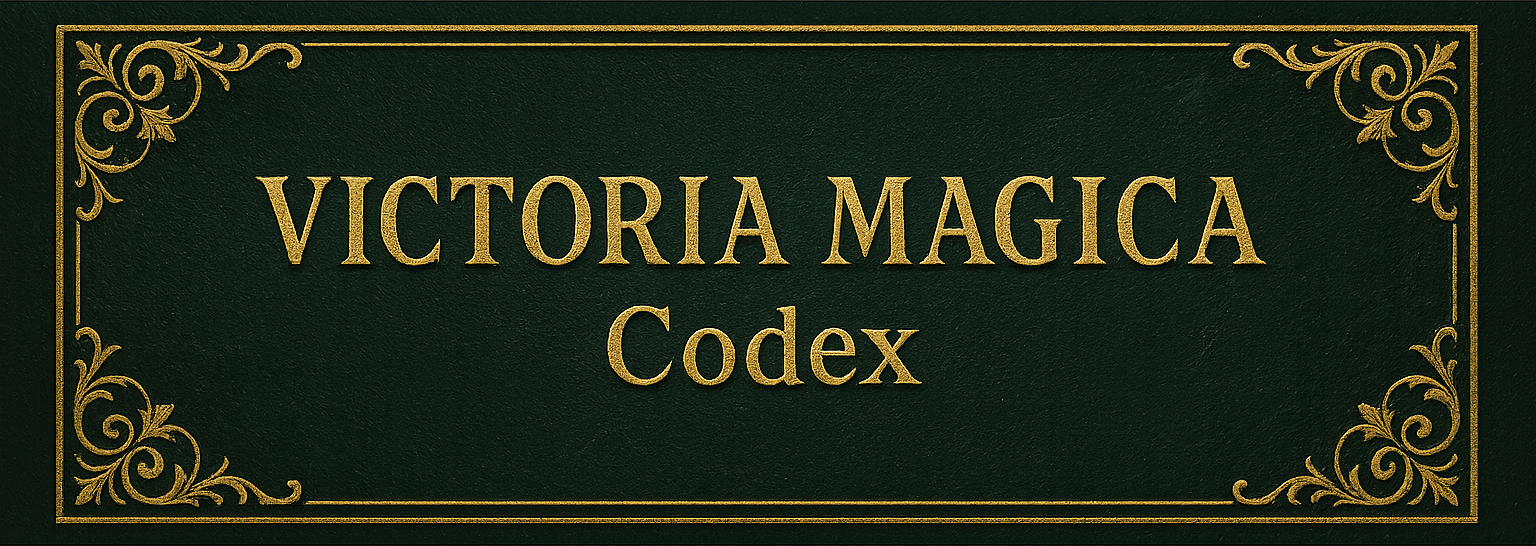Covent Garden
⚠️ Content Warning
This article may contain mature themes, including homoerotic content, complex power dynamics, sexual encounters with vampires and anthropomorphic beings, as well as other adult material.
Reader discretion is advised.
Where Roses, Rascals, and Arias Share the Stage
In 1893, Covent Garden is a district of dazzling contradictions — part floral fantasia, part theatrical heart, part unruly bazaar. Situated in the West End of London, just east of the grand avenues of Mayfair and south of Bloomsbury’s scholarly hush, Covent Garden thrums with energy from dawn until long past midnight.
At its centre lies the Covent Garden Market, a great neoclassical building brimming with flower-sellers, fruit stalls, and shouting porters. The air is thick with the scent of roses, oranges, sweat, and London fog. Flower girls in shawls and cockney lads in caps weave between crates of asparagus and barrels of cider, while middle-class housewives haggle over tulips and turnips with equal ferocity.
But it is after sundown that Covent Garden reveals its most seductive self.
To the north, on Bow Street, stands the Royal Opera House – the hallowed stage of divas and danseurs, baritones and box-seat scandals. Velvet curtains rise nightly to Verdi and Wagner, while London’s elite settle into gilded loges to see and be seen. Outside, street performers echo the arias with their own, more ragged music.
Theatres and music halls spill light and laughter across the cobblestones. The Drury Lane Theatre, just a few paces away, offers comedy, melodrama, and the occasional ghost. It is not uncommon for the same gentleman to attend an opera at seven and find himself in a card game (or a séance) by midnight in one of the district’s shadowed parlours.
Covent Garden also holds a wilder undercurrent: gin shops, fortune tellers, brothels disguised as “dancing academies”, and the ever-watchful eye of the Bow Street Runners’ successors – though the police now wear helmets and carry notebooks rather than truncheons and bribes.
To walk through Covent Garden in 1893 is to dance between beauty and bustle, elegance and grime, roses and ruin. It is a stage of its own, where the players change daily, but the performance never ends.



Comments